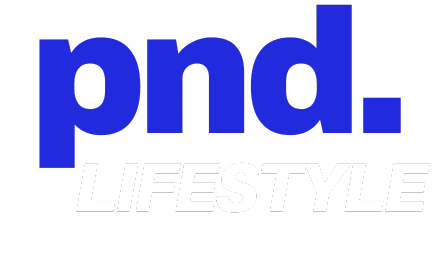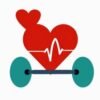12 Best Low-Calorie Foods That Keep You Feeling Full: Eat More, Weigh Less Now!

Trying to lose weight but always feel hungry? We’ve got the solution for you.
Discover 12 amazing foods that are not only low in calories but will keep you feeling satisfied for hours.
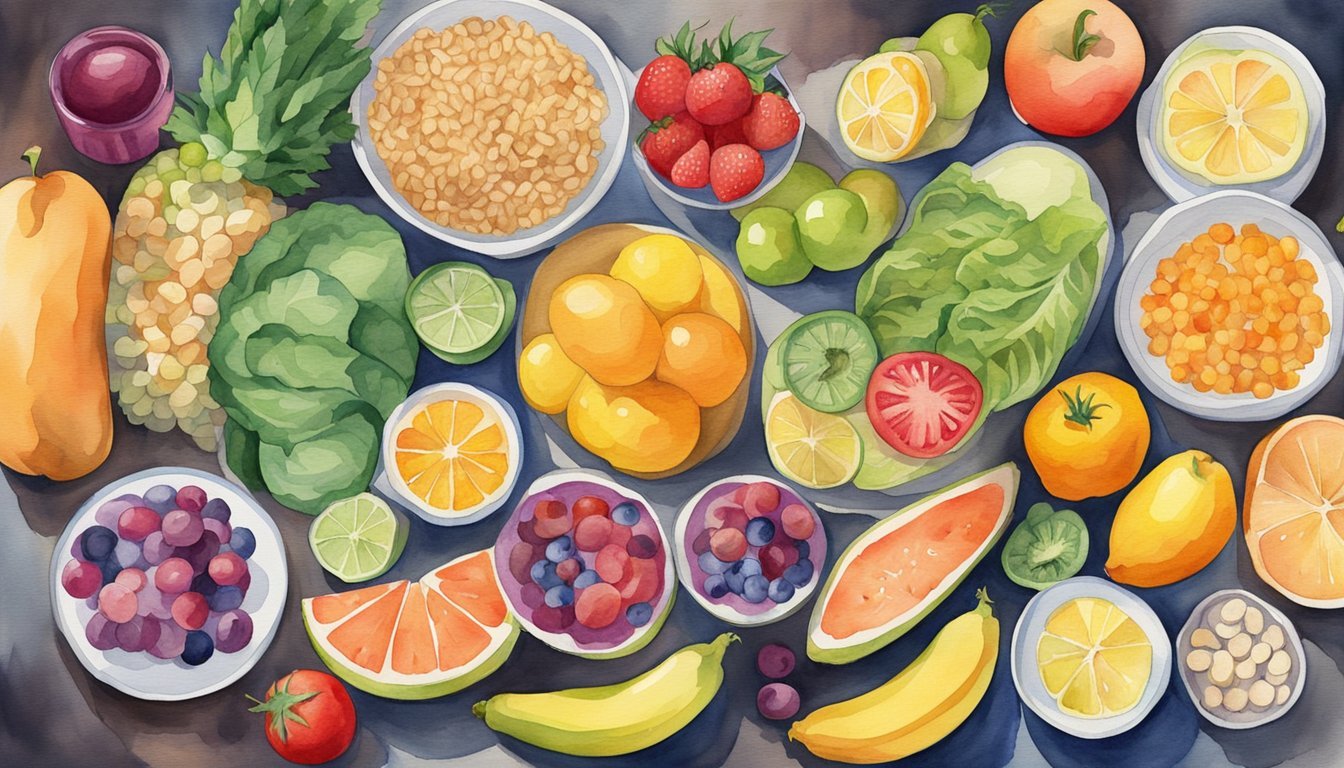
These nutritious options will help you shed pounds without constant cravings. Say goodbye to crash diets and hello to sustainable weight loss with delicious, filling foods.
Want to learn the secrets to effortless weight loss? Keep reading to find out which foods should be on your plate.
1) Greek Yogurt
Greek yogurt is a powerhouse when it comes to low-calorie foods that keep you full.
It’s packed with protein, which helps you feel satisfied for longer.
A single serving of Greek yogurt can contain up to 17 grams of protein.
This is much higher than regular yogurt, which typically has around 6 grams.
The high protein content in Greek yogurt means your body takes longer to digest it.
This slow digestion process helps you feel full and reduces hunger cravings.
Greek yogurt is also versatile.
You can eat it plain or add fruits and nuts for extra flavor and nutrition.
It works well in smoothies, as a substitute for sour cream, or as a base for dips.
For the best results, choose plain, unsweetened Greek yogurt.
Flavored varieties often contain added sugars, which can increase calorie content.
If you’re looking to boost your protein intake and stay full longer, Greek yogurt is an excellent choice.
It’s a simple way to support your weight loss goals while enjoying a tasty snack.
Remember to pair your Greek yogurt with other nutritious foods for a balanced diet.
This combination can help you maintain a healthy weight and feel satisfied throughout the day.
2) Chia Seeds
Chia seeds are a great low-calorie food to add to your diet.
These tiny seeds pack a nutritional punch and can help you feel full for longer.
Chia seeds are high in fiber, which expands in your stomach.
This helps you feel satisfied with smaller portions.
You can easily add chia seeds to many foods.
Try sprinkling them on yogurt, oatmeal, or smoothies.
They have a mild taste that blends well with other flavors.
When soaked in liquid, chia seeds form a gel-like substance.
This makes them great for puddings and overnight oats.
Chia seeds are also rich in omega-3 fatty acids.
These healthy fats can support heart health and reduce inflammation in your body.
Just 2 tablespoons of chia seeds provide 10 grams of fiber.
This is about 40% of your daily fiber needs.
Chia seeds can help stabilize blood sugar levels.
This may reduce cravings and help you stick to your eating plan.
Remember to drink plenty of water when eating chia seeds.
Their high fiber content works best when you’re well-hydrated.
3) Eggs

Eggs are a fantastic low-calorie food that can keep you feeling full.
They pack a powerful protein punch while being low in calories.
A large egg contains only about 70 calories.
Protein is key for feeling satisfied after eating.
Eggs are an excellent source, providing about 6 grams of high-quality protein per large egg.
This protein helps slow digestion and keeps you feeling full longer.
Eggs also contain nutrients that support overall health.
They’re rich in vitamins and minerals like B vitamins, selenium, and choline.
These nutrients are important for brain function and energy production.
You can prepare eggs in many ways.
Try them boiled, scrambled, or as an omelet with veggies.
This versatility makes eggs easy to include in your meals.
Eating eggs for breakfast can help you eat less throughout the day.
Studies show that people who eat eggs for breakfast tend to consume fewer calories at later meals.
Remember, the whole egg is nutritious.
While egg whites are lower in calories, the yolk contains many important nutrients.
Don’t be afraid to eat the entire egg for maximum benefits.
4) Oatmeal
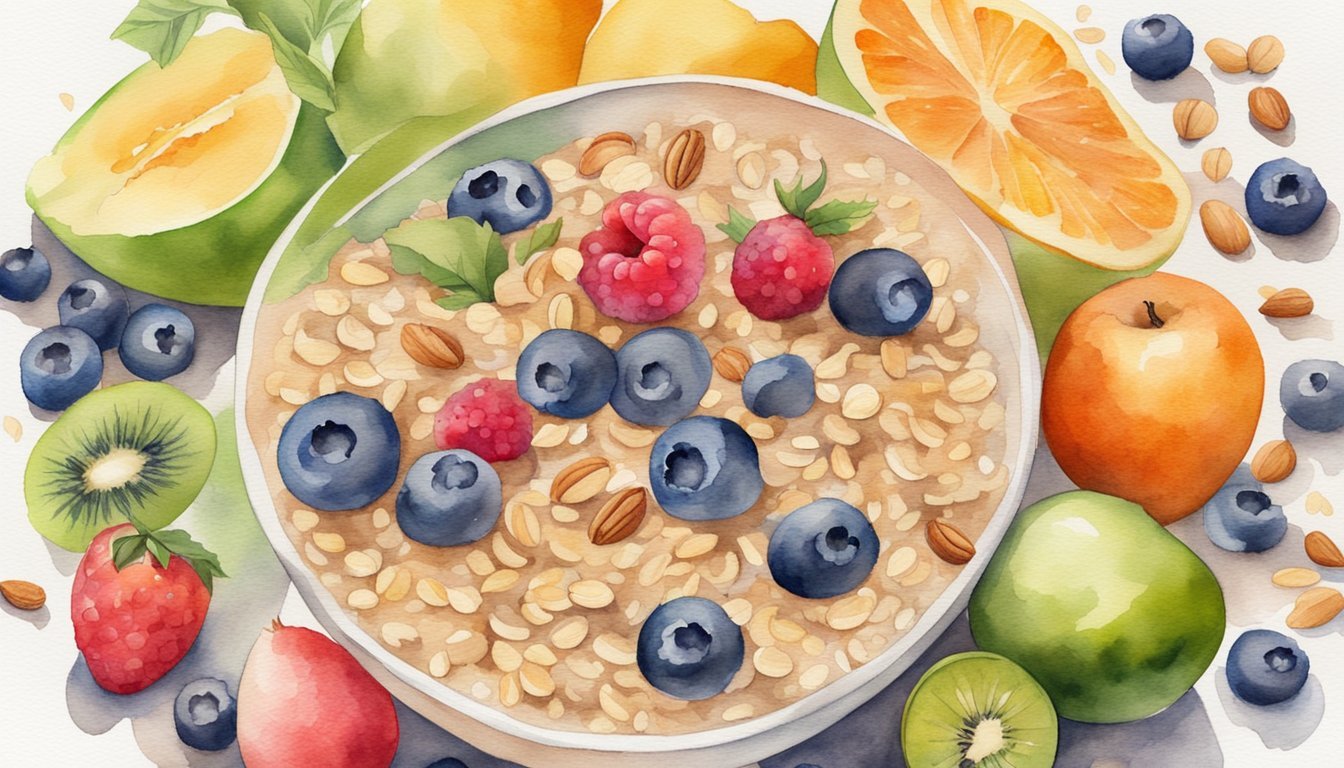
Oatmeal is a great choice for a filling, low-calorie breakfast.
It’s packed with fiber, which helps you feel full for longer.
A cup of cooked oatmeal has only about 160 calories, making it a smart option for weight control.
The soluble fiber in oats slows digestion and helps keep your blood sugar stable.
This means you’ll avoid energy crashes and stay satisfied until your next meal.
Oatmeal also ranks high on the satiety index, showing it’s one of the most filling foods per calorie.
You can make oatmeal even more filling by adding protein-rich toppings.
Try mixing in some Greek yogurt, nuts, or a scoop of protein powder.
These additions boost the protein content without adding too many calories.
For extra flavor without lots of calories, try sprinkling cinnamon or nutmeg on your oatmeal.
You can also add fresh berries for natural sweetness and extra nutrients.
These simple additions make your oatmeal tastier and more satisfying.
If you’re looking to improve your diet and feel fuller, consider making oatmeal a regular part of your meals.
It’s quick to prepare, versatile, and keeps you feeling full on fewer calories.
5) Apple
Apples are a great low-calorie snack that can help keep you feeling full.
A medium-sized apple contains only about 95 calories but packs a nutritional punch.
The high fiber content in apples is key to their filling power.
Fiber slows down digestion and helps you feel satisfied for longer.
One medium apple provides about 4 grams of fiber.
Apples also contain water, which adds volume without calories.
This combination of fiber and water creates a feeling of fullness in your stomach.
Eating an apple before meals may help you eat fewer calories overall.
The natural sugars in apples can also help satisfy sweet cravings in a healthier way than processed snacks.
Try pairing your apple with a tablespoon of nut butter for added protein and healthy fats.
This combo makes for a filling and nutritious snack that can help tide you over between meals.
Remember to eat the skin of the apple too.
It contains extra fiber and beneficial nutrients that can support your weight loss efforts.
6) Quinoa
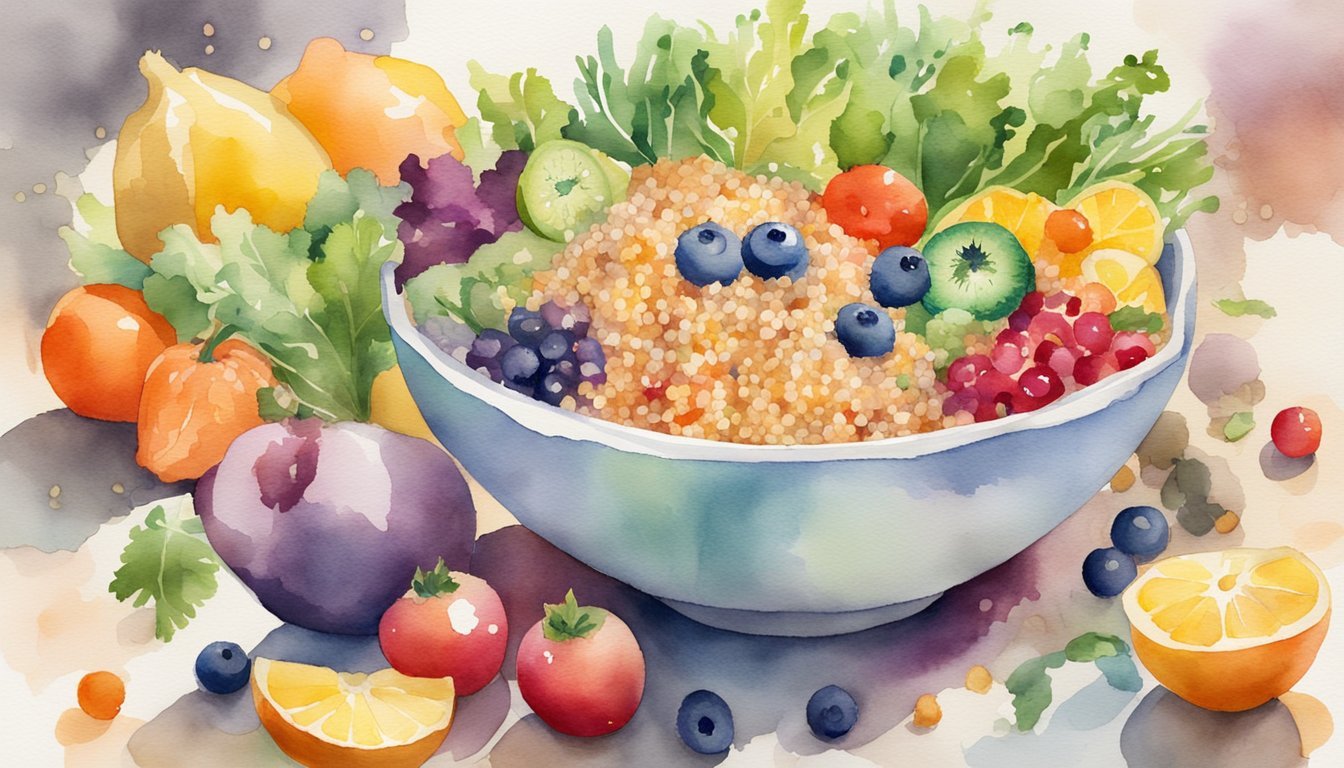
Quinoa is a super grain that can help you feel full while eating fewer calories.
It’s packed with protein and fiber, which work together to keep you satisfied.
One cup of cooked quinoa has about 220 calories.
This may seem high, but it’s very filling.
You’ll likely eat less overall when you include quinoa in your meals.
Quinoa is easy to add to your diet.
You can use it as a base for salads or as a side dish.
It also works well in soups and stews.
Try making a quinoa and chicken salad for a nutritious meal.
This type of dish can keep you full for hours.
Quinoa cooks quickly, usually in about 15 minutes.
You can make a big batch at the start of the week for easy meals later on.
This grain is also very versatile.
You can eat it hot or cold, and it takes on the flavors of other foods well.
This makes it easy to keep your meals interesting.
Remember to rinse quinoa before cooking.
This removes its natural coating, which can taste bitter.
After rinsing, cook it like you would rice.
7) Avocado

Avocados are a great low-calorie food that can help you feel full.
They’re packed with healthy fats and fiber, which slow down digestion and keep you satisfied.
One half of an avocado contains about 160 calories.
This may seem high, but the nutrients it provides are worth it.
The fruit is rich in monounsaturated fats, which are good for your heart.
Adding avocado to your meals can help you eat less later. A study found that eating half an avocado at lunch made people feel more satisfied and reduced their calorie intake for the rest of the day.
You can use avocados in many ways.
Try spreading it on toast, adding slices to your salad, or making guacamole.
For a quick and healthy meal, avocado toast is a great option.
Avocados also contain important vitamins and minerals.
They’re high in potassium, vitamin K, and folate.
These nutrients support your overall health while helping you maintain a healthy weight.
Remember, portion control is key.
While avocados are nutritious, they’re also calorie-dense.
Stick to about half an avocado per serving to keep your calorie intake in check.
If you’re looking to boost your weight loss efforts, consider adding avocados to your diet.
They’re a tasty and filling option that can support your health goals.
8) Vegetable Soup
Vegetable soup is a fantastic low-calorie option that can keep you feeling full.
It’s packed with nutrients and fiber from various vegetables, making it both satisfying and healthy.
You can easily make a delicious vegetable soup at home with ingredients like carrots, celery, onions, tomatoes, and leafy greens.
These veggies are low in calories but high in volume, helping you feel full without overeating.
Adding lean proteins like beans or chicken can boost the soup’s staying power.
This helps balance your blood sugar and keeps you feeling satisfied for longer periods.
Vegetable soup is versatile and customizable.
You can switch up the ingredients based on your preferences or what’s in season.
This variety ensures you never get bored with your meals.
Remember to use a clear broth base to keep the calorie count low.
Avoid cream-based soups, as they tend to be higher in calories and fat.
You can make a big batch of vegetable soup and portion it out for easy, ready-to-eat meals throughout the week.
This can help you stick to your healthy eating goals, even on busy days.
Enjoy your vegetable soup with a small side of whole grain crackers or a slice of whole wheat bread for added fiber and satisfaction.
This combination makes for a filling, nutritious meal that supports your health and weight management goals.
9) Cottage Cheese
Cottage cheese is a great low-calorie food that can help keep you feeling full.
It’s packed with protein, which promotes satiety and helps maintain muscle mass.
A typical serving of cottage cheese contains about 110 calories and 13 grams of protein.
This makes it an excellent choice for those looking to manage their weight while staying satisfied.
Cottage cheese is versatile and easy to incorporate into your diet.
You can spread it on toast as a high-protein alternative to avocado or peanut butter.
It’s also delicious paired with fruit or used in smoothies.
If you’re not a fan of cottage cheese’s texture, try blending it into a smoothie.
You can make a tasty roasted strawberry cottage cheese smoothie that masks the lumpy texture while keeping all the nutritional benefits.
Cottage cheese is rich in calcium, which is essential for bone health.
It also contains several other important nutrients like vitamin B12 and selenium.
When choosing cottage cheese, opt for varieties with 4% milkfat or less to keep calories in check.
Look for brands without added sugars or preservatives for the healthiest option.
Consider adding cottage cheese to your diet as part of a weight loss plan.
Its high protein content and low calorie count make it an ideal food for maintaining fullness while cutting calories.
10) Beans
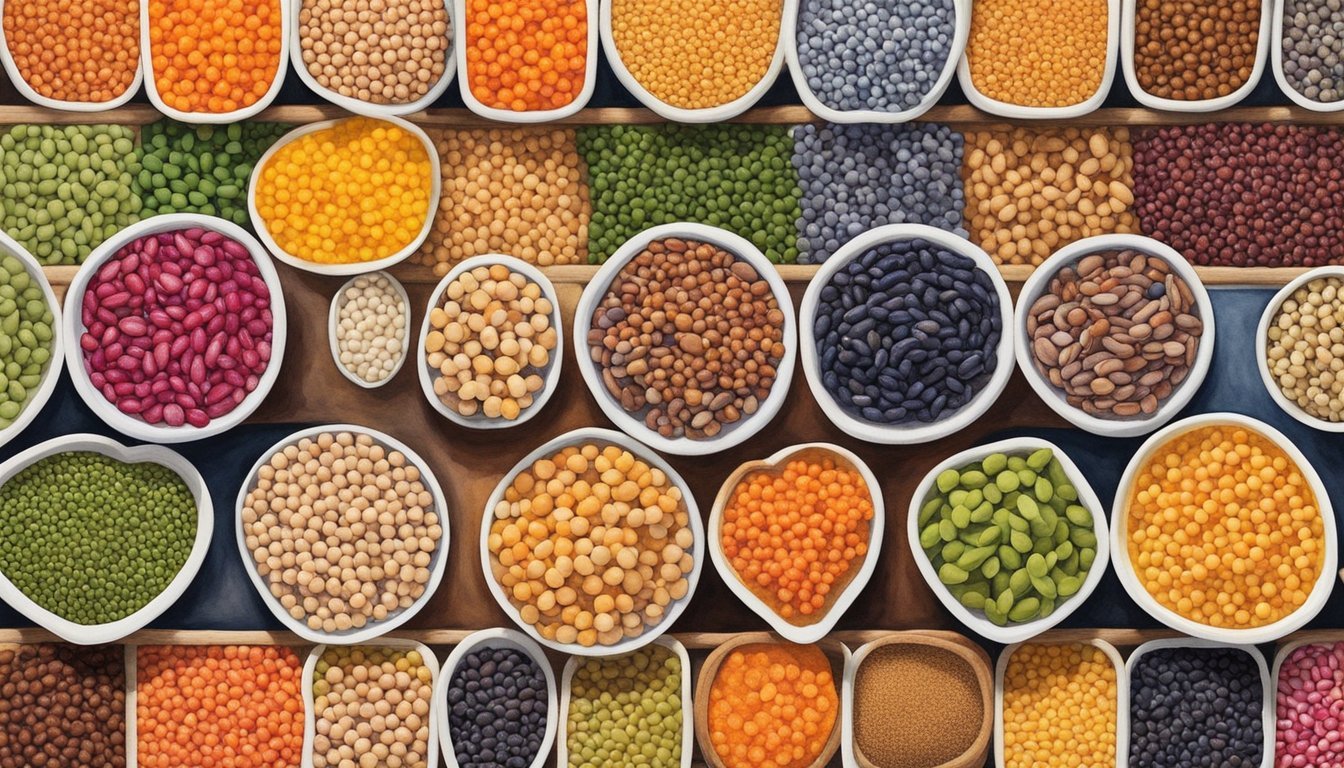
Beans are an excellent low-calorie food that can keep you feeling full.
They’re packed with fiber and protein, which help slow digestion and promote satiety.
A cup of cooked beans typically contains around 230 calories.
This makes them a great option for those watching their calorie intake.
The high fiber content in beans helps you feel full longer.
Fiber adds bulk to your meals without adding extra calories.
Beans are also rich in complex carbohydrates.
These take longer to digest, providing a steady release of energy and helping you avoid hunger pangs.
You can add beans to salads, soups, or stews for a filling meal.
They’re versatile and come in many varieties like black beans, kidney beans, and chickpeas.
Eating beans regularly may help with weight management.
Their combination of nutrients can support your weight loss goals while keeping you satisfied.
Try incorporating different types of beans into your diet.
This can add variety to your meals while providing consistent fullness and nutrition.
Remember to prepare dried beans properly or rinse canned beans to reduce sodium content.
This ensures you get the most nutritional benefit from this filling food.
11) Almonds
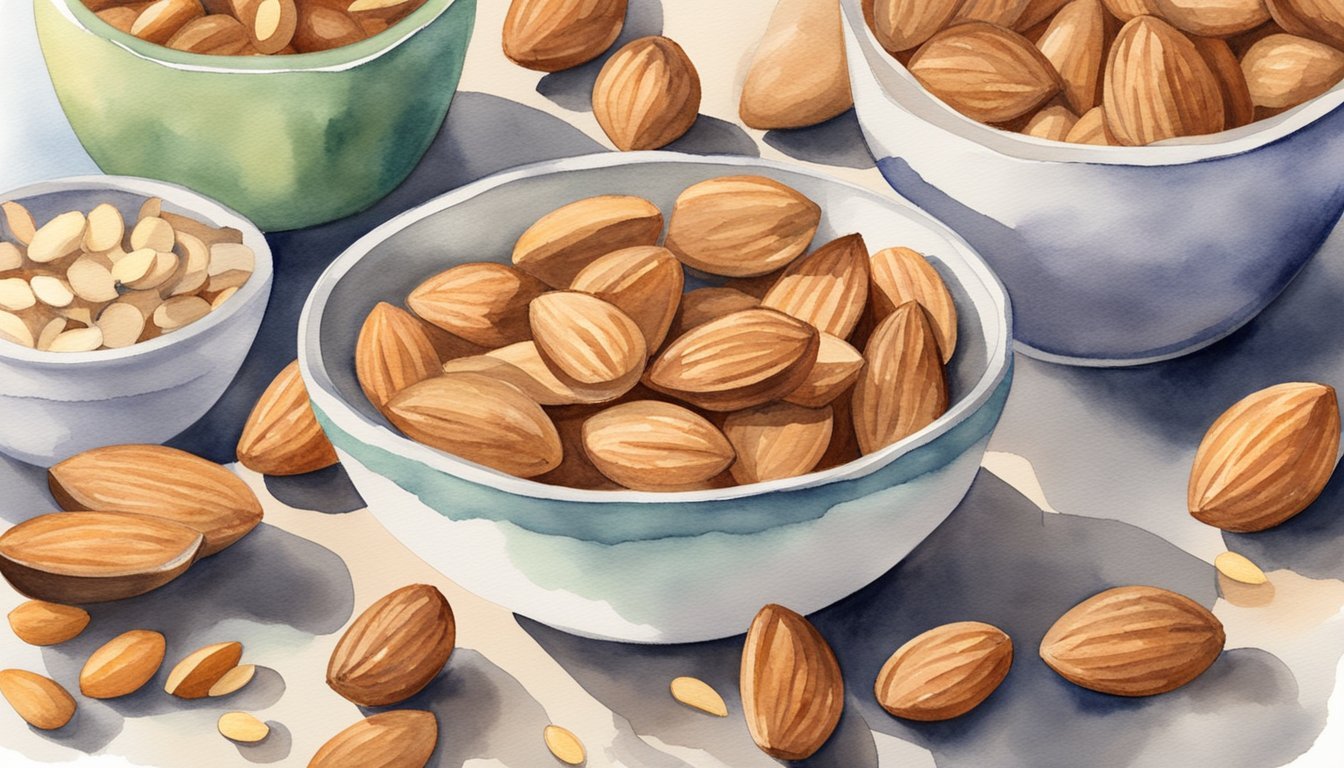
Almonds are a great low-calorie snack that can help you feel full.
These tiny nuts pack a nutritional punch, offering protein, fiber, and healthy fats.
Just a small handful can satisfy your hunger and keep you going between meals.
You might worry about the fat content in almonds, but don’t. The fats they contain are mostly monounsaturated, which are good for your heart.
Plus, their protein and fiber content helps slow digestion, keeping you feeling full longer.
Almonds also provide important vitamins and minerals.
They’re rich in vitamin E, magnesium, and potassium.
These nutrients support your overall health and can help boost your metabolism.
To get the most benefit, eat almonds raw or dry-roasted without added oils or salt.
A serving size is about 23 almonds, which contains around 160 calories.
This may seem high, but the fullness factor makes it worth it.
Try adding almonds to your morning yogurt or oatmeal.
You can also sprinkle them on salads or use almond butter as a spread.
Just remember to watch your portion sizes to keep the calorie count in check.
12) Fish

Fish is an excellent low-calorie food that can help you feel full.
Many types of fish are packed with protein and nutrients while being low in calories.
For example, a 3-ounce serving of cod contains just 90 calories but provides 19 grams of protein.
This high protein content helps keep you satisfied after eating.
Fish is also rich in omega-3 fatty acids, which may help reduce inflammation and support heart health.
Some good low-calorie options include cod, tilapia, halibut, and sole.
Salmon, while slightly higher in calories, is still a great choice.
It’s full of healthy fats and protein that can keep you feeling full for hours.
You can prepare fish in many ways to keep meals interesting.
Try grilling, baking, or pan-searing with herbs and lemon for added flavor without extra calories.
Fish pairs well with vegetables for a complete, filling meal.
Add a side of steamed broccoli or roasted asparagus to round out your plate.
Remember to choose wild-caught fish when possible, as it tends to have a better nutritional profile than farm-raised options.
Benefits of Low-Calorie Foods
Low-calorie foods can help you feel full while supporting a healthy lifestyle.
They offer advantages for your body and overall well-being.
Weight Management
Low-calorie foods make it easier to maintain a healthy weight.
When you eat fewer calories, your body burns stored fat for energy.
This can lead to weight loss over time.
Many low-calorie options are high in fiber and water.
These keep you feeling full longer.
For example, spinach has less than 7 calories per cup but is packed with nutrients.
Protein-rich foods like chicken breast are also good choices.
A 4-ounce serving has only about 120 calories but keeps you satisfied.
Eating low-calorie, filling foods can help you stick to a healthy eating plan.
Improved Digestion
Low-calorie foods often contain fiber, which aids digestion.
Fiber helps food move through your digestive system smoothly.
It can prevent constipation and keep you regular.
Many fruits and vegetables are low in calories but high in fiber.
For instance, a cup of air-popped popcorn has just 31 calories but provides fiber to support gut health.
Eating these foods can also help balance your gut bacteria.
A healthy gut is linked to better overall health.
It may even boost your immune system and mood.
Low-calorie foods with fiber can help you feel more energized.
They provide steady energy without the crash that comes from sugary snacks.
How Low-Calorie Foods Keep You Full
Certain low-calorie foods can help you feel satisfied while eating less.
These foods use specific nutrients to promote fullness and curb hunger between meals.
High Fiber Content
Fiber is key for feeling full on fewer calories.
It slows digestion and adds bulk to meals. Fruits, vegetables, and whole grains are great high-fiber, low-calorie options.
Apples contain pectin fiber that expands in your stomach.
This creates a feeling of fullness.
One medium apple has only about 95 calories but provides 4 grams of fiber.
Broccoli is another fiber-rich food.
One cup of chopped broccoli has just 31 calories and 2.4 grams of fiber.
The fiber helps you feel full longer after eating.
Oatmeal is filling due to its soluble fiber content.
A half-cup of dry oats has 150 calories and 4 grams of fiber.
The fiber forms a gel in your digestive system, slowing digestion.
Protein-Rich Options
Protein keeps you full by reducing levels of hunger hormones.
It also boosts metabolism.
Lean meats, fish, eggs, and legumes are good protein sources.
Egg whites are very low in calories but high in protein.
One large egg white has just 17 calories and 3.6 grams of protein.
The protein helps control appetite.
Greek yogurt packs a lot of protein in a low-calorie package.
A 6-ounce serving has about 100 calories and 18 grams of protein.
This combination promotes fullness.
Lentils offer both protein and fiber.
One cup of cooked lentils provides 230 calories, 18 grams of protein, and 15.6 grams of fiber.
This nutrient mix keeps you feeling full for hours.
Incorporating Low-Calorie Foods in Your Daily Diet
Adding low-calorie foods to your meals and snacks can help you feel full while managing your weight.
These simple tips will make it easy to include nutritious, low-calorie options in your everyday eating habits.
Meal Planning Tips
Start by stocking up on low-calorie staples like fruits, veggies, and lean proteins.
Plan your meals around these foods.
Add spinach to omelets or smoothies.
It has less than 7 calories per cup and lots of nutrients.
Use chicken breast in your recipes.
A 4-ounce piece has only about 120 calories.
Swap higher-calorie sides for roasted vegetables or salads.
Try meal prepping on weekends.
Make big batches of veggie-packed soups or stir-fries.
Portion them out for easy grab-and-go lunches.
Don’t forget about herbs and spices.
They add tons of flavor without calories.
Use them to jazz up plain chicken, fish, or steamed veggies.
Healthy Snacking Ideas
Keep cut-up veggies and fruits ready in your fridge.
Pair them with low-fat dips like hummus or Greek yogurt for a filling snack.
Try air-popped popcorn instead of chips.
It’s low in calories but high in fiber to keep you full.
Make your own trail mix with nuts, seeds, and a sprinkle of dried fruit.
Watch portion sizes, as nuts are calorie-dense.
Greek yogurt topped with berries makes a protein-rich snack.
Add a drizzle of honey for sweetness.
Hard-boiled eggs are easy to prep ahead.
They’re packed with protein and make a great on-the-go snack.
Remember to drink water throughout the day.
It can help you feel full between meals.
Potential Drawbacks and Considerations
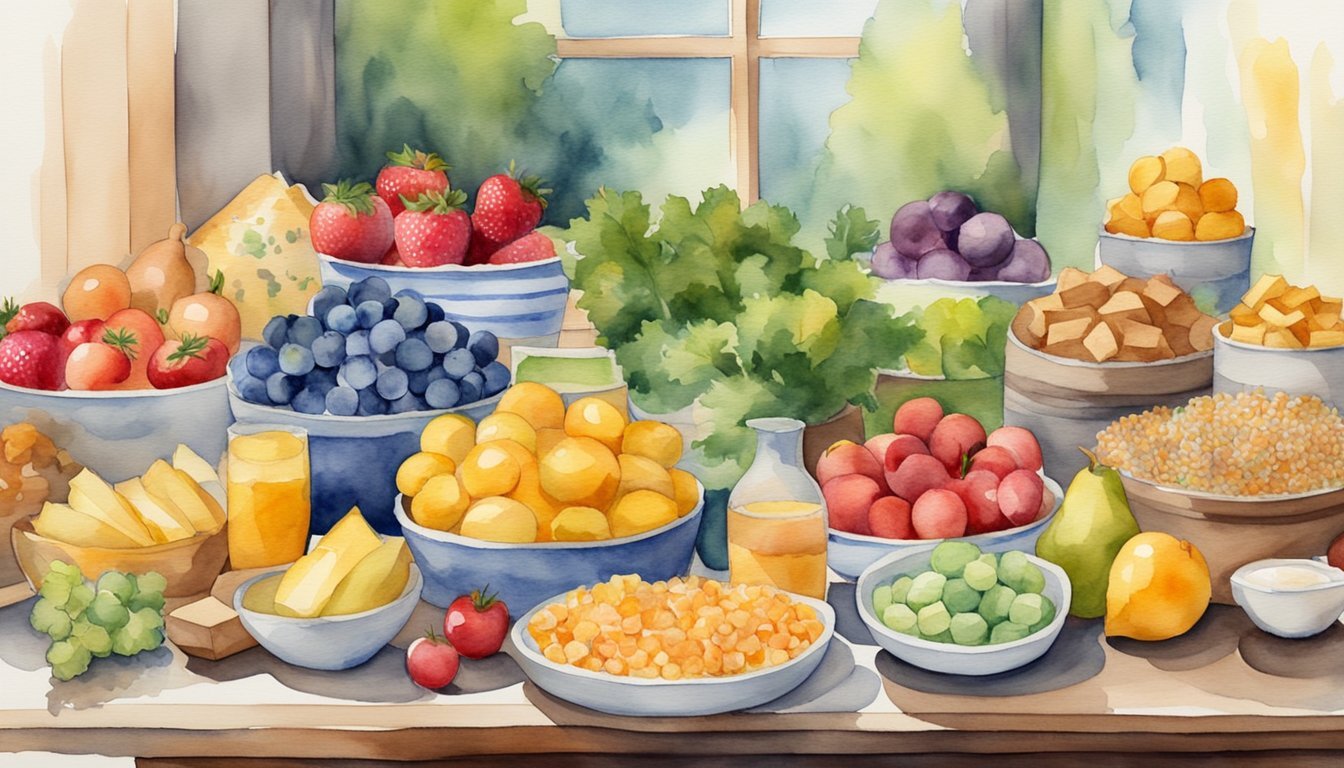
Low-calorie foods can help with weight loss, but they have some downsides to keep in mind.
You should be aware of possible nutrient gaps and environmental impacts when relying heavily on these foods.
Nutrient Deficiencies
Eating only low-calorie foods may leave you short on important nutrients.
Many nutrient-dense foods like nuts, avocados, and olive oil are higher in calories.
If you cut these out completely, you might miss key vitamins and minerals.
To avoid deficiencies, mix in some nutrient-rich foods even if they have more calories. Protein sources like fish, eggs, and yogurt provide essential amino acids.
Add small amounts of healthy fats from foods like chia seeds.
Take care with very low-calorie diets under 1,200 calories per day.
These can lead to muscle loss and slow your metabolism.
Talk to a doctor before starting any extreme diet plan.
Sustainability Concerns
Some low-calorie foods have a high environmental cost.
Out-of-season produce often travels long distances, increasing its carbon footprint.
Packaged diet foods may use excess plastic packaging.
To eat more sustainably:
- Choose local, seasonal fruits and veggies
- Buy in bulk to reduce packaging waste
- Pick plant-based proteins like beans and lentils
Potatoes are a great low-calorie, eco-friendly option.
They’re filling, nutritious, and easy to grow locally in many climates.
Be mindful of food waste too.
Don’t overbuy perishable low-calorie items that may spoil quickly.
Frequently Asked Questions

Low-calorie foods that keep you full are key for weight loss.
These foods give you nutrients without excess calories.
They help you feel satisfied while eating less.
What are some of the top low-calorie foods that help in weight loss while maintaining fullness?
Greek yogurt is a top choice.
It’s high in protein and low in calories.
Chia seeds are another great option.
They expand in your stomach, making you feel full.
Eggs are packed with protein and nutrients.
They keep hunger at bay for hours.
Oatmeal is filling and gives you steady energy.
Apples are low in calories but high in fiber.
Which zero calorie foods can help keep you satiated throughout the day?
Water is the best zero-calorie option.
It fills your stomach and keeps you hydrated.
Cucumber slices are very low in calories and high in water content.
Celery sticks are crunchy and satisfying.
They have almost no calories.
Lettuce leaves can be used as wraps.
They add volume to meals without calories.
How can one feel satiated on a 1200 calorie diet?
Eat protein with every meal.
It helps you feel full longer.
Include high-fiber foods like vegetables and whole grains.
They take up space in your stomach.
Drink water before and during meals.
It can help you eat less.
Choose foods that take time to eat, like crunchy vegetables.
This can trick your brain into feeling more satisfied.
What are the best low-calorie food options for dinner that also keep you full?
Grilled chicken breast is lean and protein-rich.
Pair it with roasted vegetables for a filling meal.
Baked fish with steamed broccoli is another great option.
Vegetable soup can be very filling.
Add beans for extra protein and fiber.
A big salad with lots of greens and a small amount of lean protein works well too.
Can you list foods that aid in weight loss by providing a feeling of fullness without adding weight?
Berries are low in calories but high in fiber.
They’re sweet and satisfying.
Cottage cheese is protein-packed and low in fat.
It keeps you full for hours.
Air-popped popcorn is a great snack.
It’s high in volume but low in calories. Leafy greens like spinach and kale are nutrient-dense and very low in calories.
Which foods are known to keep you full for the longest time while still being low in calories?
Lean meats like chicken and turkey are very filling.
They’re high in protein but low in fat.
Lentils and beans are packed with fiber and protein.
They keep you full for hours.
Nuts in small portions are filling due to their fat and protein content.
Just watch the serving size.
Greek yogurt topped with berries is a long-lasting, satisfying snack or meal.

